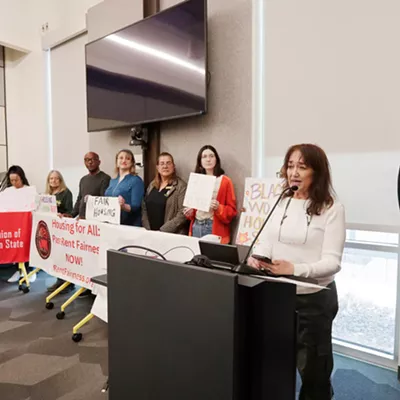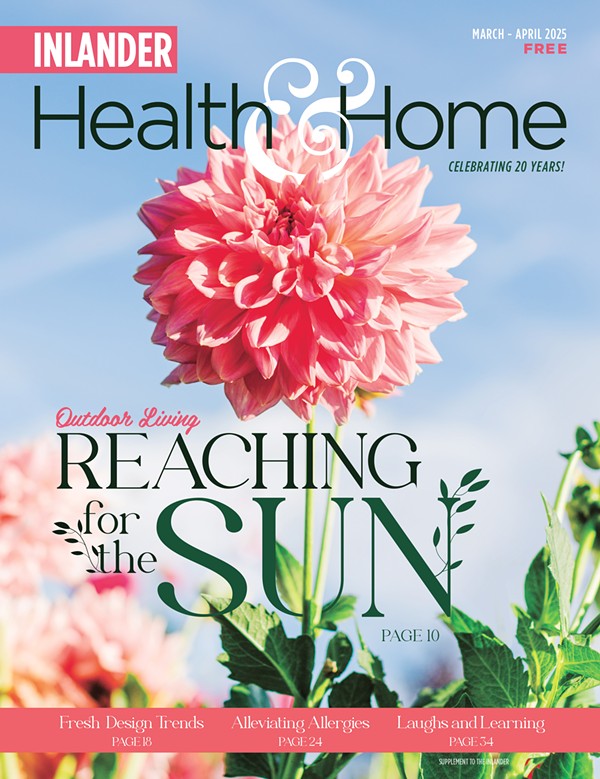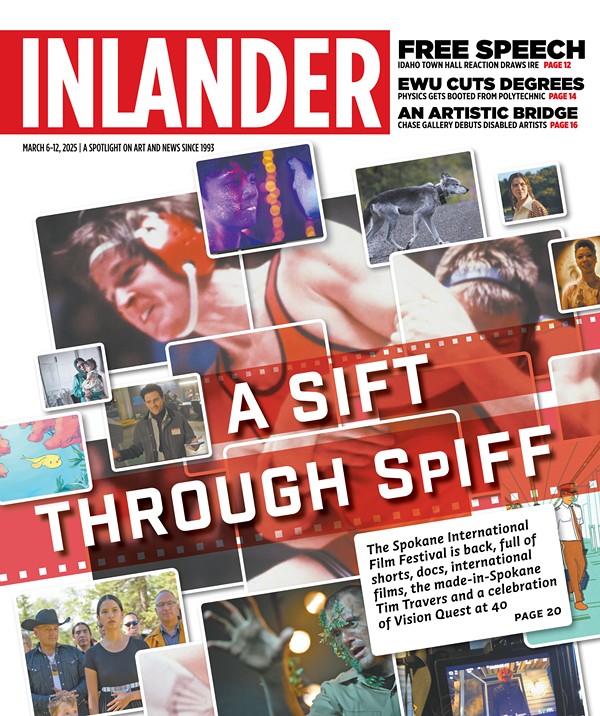Five Holes and 13 Strings
[
{
"name": "Broadstreet - Instory",
"component": "25846487",
"insertPoint": "4",
"requiredCountToDisplay": "4"
},{
"name": "Broadstreet - Empower Local",
"component": "27852456",
"insertPoint": "8",
"requiredCountToDisplay": "8"
},{
"name": "Broadstreet - Instory",
"component": "25846487",
"insertPoint": "12",
"requiredCountToDisplay": "12"
},{
"name": "Broadstreet - Instory - 728x90 / 970x250",
"component": "27852677",
"insertPoint": "18",
"requiredCountToDisplay": "18"
},{
"name": "Broadstreet - Instory",
"component": "25846487",
"insertPoint": "5th",
"startingPoint": "23",
"requiredCountToDisplay": "24",
"maxInsertions": 100
}
]
by Sheri Boggs
Here in the West, it's hard to contemplate instruments composed of odd-numbered elements. A violin has four strings, and guitar has six or twelve; a standard piano has 88 keys, and a saxophone has 20 keys. Even our musical signatures come in twos and fours. Odd numbers of strings, especially if they're also prime numbers, mess with the orderly two-by-two concept we have of our musical universe.
Consider, then, the kotu. Not only does it look like the unholy progeny of a harp and a keyboard, it stretches out horizontally like a bench and sports either 13 or 17 strings. The bridges are movable, and it's played with small picks of the thumb and first two fingers of the right hand. Introduced to Japan in the 8th century from China, this traditional Japanese instrument is almost completely unfamiliar to Western audiences.
The same can be said for the shakuhachi. While we might identify this five-holed flute as something like our own recorder, the shakuhachi is made out of specific cuts of bamboo, not wood. It has no mouthpiece, and the process of making sounds is quite a bit more complicated than just blowing air through and covering up the holes.
This Thursday night, Spokane audiences have an opportunity to hear these traditional Japanese instruments as East Current makes its way to the Met. The concert will take place in commemoration of the 150th anniversary of Japan-U.S. relations and is partially sponsored by the office of the Consulate-General of Japan in Seattle.
Although East Current, consisting of Mieko Miyazaki on kotu and Dozan Fujiwara on shakuhachi, finds its foundations in traditional Japanese culture, the band tends to appeal strongly to young Westerners. Both musicians, in their late 20s-early 30s, are considered pop stars in their genre. Miyazaki made her debut as a songwriter and composer for the hit children's TV show Hirake Ponkikki and also wrote several compositions on the East Current program. As for Fujiwara, Miyazaki's Web site tells us, "You cannot miss his handsome looks as well as his beautiful tones."
While East Current's music is lovely on its own, their program is almost like a Japanese mini-history lesson. "Soshun-Fu" is a children's song from the early Taisho era (around 1913) while "Ringo-No-Uta" and "Tokyo Boogie Woogie" are both post-war selections embodying American influences and hope for the future. "Spring Sea" and "Autumn Note" are both inspired by the natural world; "Autumn Note" is considered "an epoch-making work for Taisho-era music in Japan." The kotu and shakuhachi lend their distinctly Asian voices to Western tunes as well, including "Amazing Grace," "Summertime," Bach's "Six Suites for Unaccompanied Cello" and even two tango-infused pieces (one of which is Piazzolla's scandalous "Bordel 1900 - Histoire du Tango").
In performances, East Current makes everything they do look easy. Both Miyazaki and Fujiwara have been playing since childhood, and both have devoted their adult careers to educating others about the capabilities and innovations possible with traditional Japanese instruments. They are also refreshing young products of their culture.
"We play Japanese music too, but with a twist," their Web site promises. "We assure you that our sounds are pleasant to the ear."
Ikebana workshop -- It was one of those quiet, easy-to-miss moments in Lost in Translation. Scarlett Johansson's character, alone and wandering around her hotel, discovers an ikebana class in full swing and is even encouraged to participate by a branch-bearing, kimono-clad matron. It's one of the rare instances in the film where the heroine actively participates in a Japanese activity instead of merely being a curious observer. Her hesitant attempts, and the nodding enthusiasm of the woman helping her, are truly charming to watch.
Ikebana is the Japanese art of floral arranging. Proponents believe that, in addition to its decorative properties, ikebana is a spiritual and meditative practice. The St. Joseph Family Center offers a one-day workshop in ikebana this Saturday, taught by Cliff Evans, who draws on more than 30 years of ikebana (Korinka-style) and other Asian cultural studies. Participants need to bring only a container to transport their ikebana creation home; clippers, frogs, flowers, branches and vases are all supplied. What better way to mark the first inklings of spring?
"How Flowers Can Change Your World: Ikebana as a Personal Spiritual Practice," takes place on Saturday, March 20, from 10 am-4 pm at St. Joseph Family Center, 1016 N. Superior St. Cost: $55. Call 483-6495.
Publication date: 03/17/04
Here in the West, it's hard to contemplate instruments composed of odd-numbered elements. A violin has four strings, and guitar has six or twelve; a standard piano has 88 keys, and a saxophone has 20 keys. Even our musical signatures come in twos and fours. Odd numbers of strings, especially if they're also prime numbers, mess with the orderly two-by-two concept we have of our musical universe.
Consider, then, the kotu. Not only does it look like the unholy progeny of a harp and a keyboard, it stretches out horizontally like a bench and sports either 13 or 17 strings. The bridges are movable, and it's played with small picks of the thumb and first two fingers of the right hand. Introduced to Japan in the 8th century from China, this traditional Japanese instrument is almost completely unfamiliar to Western audiences.
The same can be said for the shakuhachi. While we might identify this five-holed flute as something like our own recorder, the shakuhachi is made out of specific cuts of bamboo, not wood. It has no mouthpiece, and the process of making sounds is quite a bit more complicated than just blowing air through and covering up the holes.
This Thursday night, Spokane audiences have an opportunity to hear these traditional Japanese instruments as East Current makes its way to the Met. The concert will take place in commemoration of the 150th anniversary of Japan-U.S. relations and is partially sponsored by the office of the Consulate-General of Japan in Seattle.
Although East Current, consisting of Mieko Miyazaki on kotu and Dozan Fujiwara on shakuhachi, finds its foundations in traditional Japanese culture, the band tends to appeal strongly to young Westerners. Both musicians, in their late 20s-early 30s, are considered pop stars in their genre. Miyazaki made her debut as a songwriter and composer for the hit children's TV show Hirake Ponkikki and also wrote several compositions on the East Current program. As for Fujiwara, Miyazaki's Web site tells us, "You cannot miss his handsome looks as well as his beautiful tones."
While East Current's music is lovely on its own, their program is almost like a Japanese mini-history lesson. "Soshun-Fu" is a children's song from the early Taisho era (around 1913) while "Ringo-No-Uta" and "Tokyo Boogie Woogie" are both post-war selections embodying American influences and hope for the future. "Spring Sea" and "Autumn Note" are both inspired by the natural world; "Autumn Note" is considered "an epoch-making work for Taisho-era music in Japan." The kotu and shakuhachi lend their distinctly Asian voices to Western tunes as well, including "Amazing Grace," "Summertime," Bach's "Six Suites for Unaccompanied Cello" and even two tango-infused pieces (one of which is Piazzolla's scandalous "Bordel 1900 - Histoire du Tango").
In performances, East Current makes everything they do look easy. Both Miyazaki and Fujiwara have been playing since childhood, and both have devoted their adult careers to educating others about the capabilities and innovations possible with traditional Japanese instruments. They are also refreshing young products of their culture.
"We play Japanese music too, but with a twist," their Web site promises. "We assure you that our sounds are pleasant to the ear."
Ikebana workshop -- It was one of those quiet, easy-to-miss moments in Lost in Translation. Scarlett Johansson's character, alone and wandering around her hotel, discovers an ikebana class in full swing and is even encouraged to participate by a branch-bearing, kimono-clad matron. It's one of the rare instances in the film where the heroine actively participates in a Japanese activity instead of merely being a curious observer. Her hesitant attempts, and the nodding enthusiasm of the woman helping her, are truly charming to watch.
Ikebana is the Japanese art of floral arranging. Proponents believe that, in addition to its decorative properties, ikebana is a spiritual and meditative practice. The St. Joseph Family Center offers a one-day workshop in ikebana this Saturday, taught by Cliff Evans, who draws on more than 30 years of ikebana (Korinka-style) and other Asian cultural studies. Participants need to bring only a container to transport their ikebana creation home; clippers, frogs, flowers, branches and vases are all supplied. What better way to mark the first inklings of spring?
"How Flowers Can Change Your World: Ikebana as a Personal Spiritual Practice," takes place on Saturday, March 20, from 10 am-4 pm at St. Joseph Family Center, 1016 N. Superior St. Cost: $55. Call 483-6495.
Publication date: 03/17/04
















